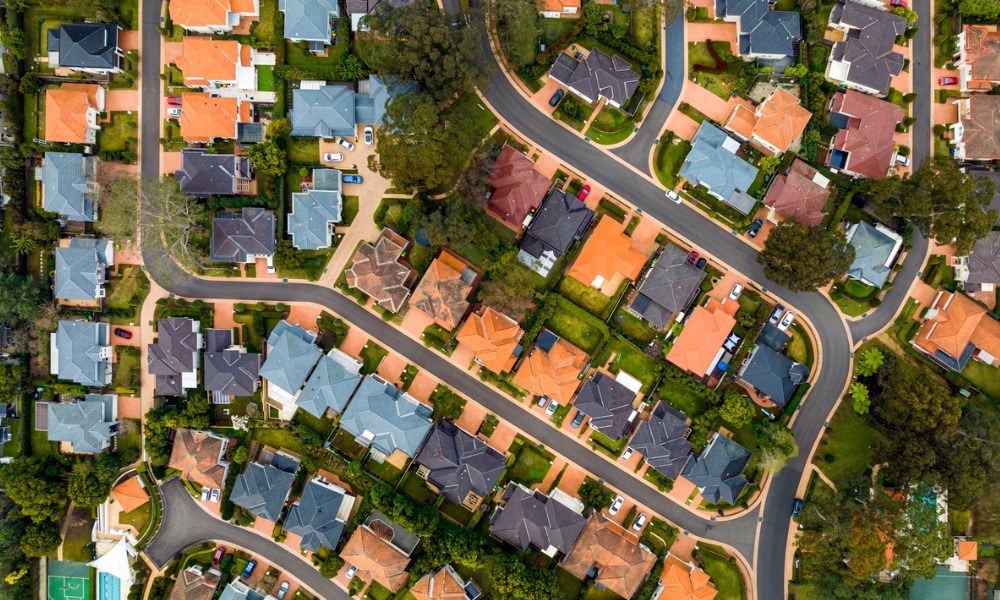Tenants will still have a hard time finding a property, but demand may be easing slightly

Australia’s vacancy rate remained at a record low of 0.8% for the third consecutive month, according to Domain’s latest Vacancy Rates Report for November.
The property technology and services marketplace’s report also found that the average views per rental listing declined in November which meant that there may be a slight ease in demand relative to the total supply of rental units.
What were the report’s findings?
Notably, the vacancy rate in Sydney saw an increase from 0.9% to 1% – its first monthly rise since June – caused by a surge in the supply of rental units. While the average views per rental listing saw a decline and highlighted a potential relief in the demand, there needed to be a further improvement in the supply to further improve the situation for tenants.
Melbourne saw a similar growth, while Brisbane’s vacancy rate increased to 0.9% from the previous month’s 0.8%, marking an 11-month high. Perth and Adelaide both held their vacancy rates at 0.9% for the fourth month in a row. Darwin’s vacancy rate saw a jump to 1.5% from the previous month’s 1.2% while Canberra declined to 1.4% from October’s 1.6% and Hobart dropped to 0.8% from its previous 0.9%.
“While the rental market continues to be a landlord's market, we are seeing signs of stabilising conditions in some markets,” said Nicola Powell, Domain’s chief of research and economics.
“In the upcoming months, while we do expect to see a seasonal lift in vacancy rate as rental supply traditionally increases, it will be met with higher demands as the changeover period kicks off,” Powell said.
Powell said that while 2023 has been a tough year for renters, the rental market in 2024 was forecasted to reach a tipping point that will be driven by stretched affordability. Renters opting for house shares and first-home buyer incentives will be able to help some of them to transition into being homeowners or aid others into more affordable home purchases.



